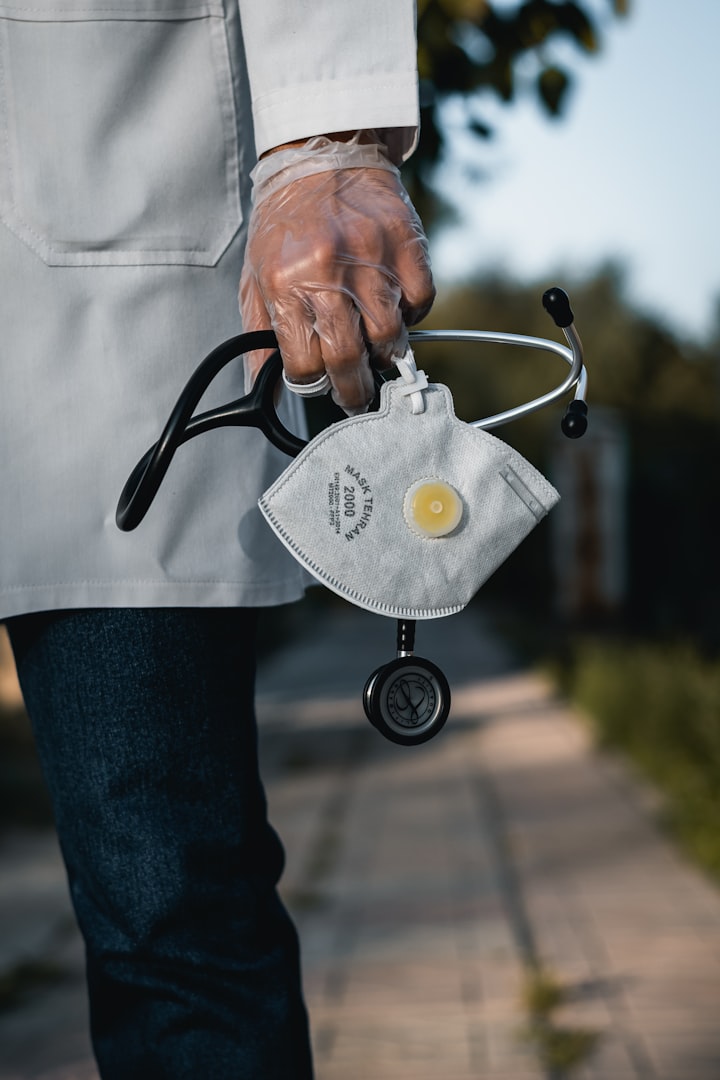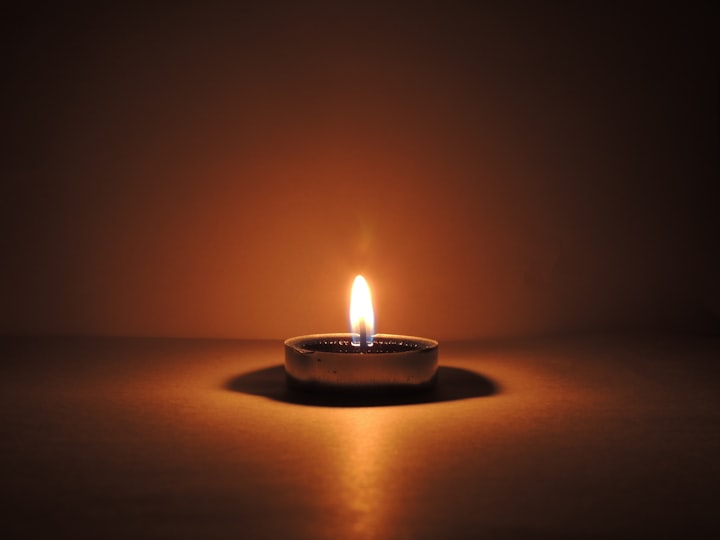Forget Science; This is COVID-19 We're Dealing With!
How public health policy threw science under the bus in response to the novel coronavirus.

Ignoring Years Lost and Quality of Life Lost
While raw mortality figures get the most headlines, not all deaths are equal. I mentioned this idea in "The Cost of Saving a Life." It sounds harsh, but at the same time, we also think this way when someone young dies: "it's a shame that they died so young." Why? It's because there's a lot of life potential lost when someone dies. They had their whole lives ahead of them. On the other hand, someone who's 90 has already won the lotto, so to speak, by significantly outliving the average person.
COVID-19 affects elderly far more severely than it affects young people, including infants. While infants aren't immune, significant loss of life, and quality of life, seems low for very young people. That's a good thing. Moreover, comorbidity has an exceptionally large impact on the survival rate of those infected with SARS-CoV-2. A lot of people who have died this year, from COVID-19, could have died anyway, even had they not been infected.
All of those deaths are now being attributed to COVID-19, rather than underlying conditions, which is drastically skewing the accounting. If we looked at years of life lost, and more so quality adjusted life years lost, and compared it to other diseases, COVID-19 would look a lot less troubling. It wouldn't be something that we could ignore, but the optics of the disease would be very different.
Ignoring Cost Benefit Analysis
There's still a lot of information to gather regarding the impact that this coronavirus has had on the world, from a health perspective. And I do plan on doing a more detailed analysis, as more statistics become available. However, I want to consider an extreme scenario, in order to show just how much those involved in public health policy have ignored rational practice on this matter.
At the time of writing this article, a little under 200,000 people are estimated to have died because of COVID-19. While high comorbidity and high average age of succumbers alters the calculus on the matter, I want to instead do the calculation assuming that people who die are of average age and in perfect health, and will remain that way for the rest of their lives.
The average life expectancy in the United States is about 78.6 years and the median age is 38.2 years old. In many parts of the world, average age is lower, but in many parts of the world, life expectancy is a lot lower too. I'll use this figure to reach a number of QALYs lost per life lost to be 40.
That's approximately 8 million QALYs lost due to the pandemic. How many QALYs have been saved because of the lockdown effort? 10% of that figure? 25% of that figure? I'm going to assume that it's double that figure. So assuming that our magical lockdown has saved 16 million QALYs, what's the cost per QALY?
According to a BBC report, the direct cost of the lockdowns so far has been about 3.3T USD, with immediate indirect costs, such as loan guarantees, bringing the total to 7.8T USD. This figure does not take into account current losses in economic output or long term consequences of the lockdowns. It also doesn't take into account the actual medical expenses of saving anyone. But I'll use this figure rather than one that includes any of that information.
The result: 487,500 USD per QALY
Those who have read my other piece on the cost of saving a life will notice that this figure is almost twice the high end cost for saving a QALY, in the United States. That means that even with all these assumptions driving down the cost per QALY, and using a very high figure for efficient cost per QALY, we could effectively save about two people, for every person saved because of this lockdown.
Opportunity Cost
A concept less employed directly by public health policy, but one that helps to understand the importance of cost per QALY is opportunity cost. This economic concept is essentially the lost benefits or opportunity, that could have been enjoyed, had we selected a different choice.
What could we have done with the 7.8T USD, rather than spend it on tackling the COVID-19 epidemic? Suppose we still wanted a solid chunk to go directly to COVID-19 research and treatment and reserved half, or 3.9T USD for that purpose. A major problem with COVID-19 is the lack of hospital beds available. Moreover, if we could build hospital beds around the world, and fund their upkeep, we could save a lot of lives in the long term.
Suppose we wanted to build hospitals with a 120 bed capacity and fund it for 10 years. How much would it cost? According to The Keiser Health Foundation, the cost per impatient day at a nonprofit hospital was a little over 2,600 USD. This figure is the high end of the list, but was also from 2018, so taking into account inflation and bumping up costs to give a safety buffer I'll estimate it at a cost of 3,000 USD per inpatient day.
Meanwhile, FIXR gives an approximate construction cost of 112.5M USD for a 120 bed hospital with an ER and maternity ward with 210M for a high end teaching hospital. I'll use the latter figure. A 120 bed hospital would have an approximate annual cost of about 131.5M USD based on the above estimate of the cost per inpatient day, bringing the construction and ten year maintenance cost to 1.525B USD. Using just the 3.9T USD reserve would allow the construction of over 2,500 high end hospitals that would be fully funded, ignoring any revenues, for ten years. These hospitals could handle a total of 300,000 patients at any time, before even functioning above capacity.
Once again, these hospitals would be state of the art teaching hospitals, which means that they would also be able to train new doctors who could save more lives, and conduct novel research which would do the same. And it would still leave another 3.9T for direct efforts to combat COVID-19. If that's not opportunity lost, then I don't know what is.
Ignoring Standard Practices
Of course, the question of whether social distancing and all of these other efforts are worth it also depends on whether or not lives are actually being saved. In the above analysis, I pretended that the efforts were saving a lot of lives, and a lot of QALYs. But the science isn't there. And that's a problem. Generally speaking, when public health experts decide to implement a policy, they do so only after scientific justification becomes robust, or the impact appears minimal. Especially when the policy is mandated by law, policy must be well informed.
And yet, there is little justification to the extreme social distancing mandates that have been put in place. I won't go into detail in this article, because I've addressed the issue in "The Potential Success and Failures of Social Distancing" and in the summary of my own epidemiological models testing social distancing efforts. But to quickly summarize my findings, voluntary cyclical social distancing appears to be rather effective, but extreme social distancing is not.
Of course, it is not on me to justify the claim that these efforts don't work. Generally speaking, we assume that a medical or public health intervention doesn't work, until the science justifies the claim that it does. We also assume that they have significant side effects, until science justifies the claim that they don't. And yet, science not only fails to justify these mandates, or that there are limited harmful side effects, but often contradicts those positions. Therefore, current practice is not informed by science, but rather by irrational fear and politics.
Further Reading
I mentioned "The Cot of Saving a Life" in the beginning of this article. It's a useful read if you're interested in the basic ideas behind decision making in public health.
I would also recommend a number of the courses on public health and epidemiology, offered by Coursera. I've taken a number of courses, and this specialization is a useful one, if you're truly interested in learning about public health science and epidemiology.
About the Creator
Daniel Goldman
Visit my homepage. I am a polymath and a rōnin scholar with interests in many areas, including political science, economics, history, and philosophy. I've been writing about all of these topics, and others, for the past two decades.






Comments
There are no comments for this story
Be the first to respond and start the conversation.